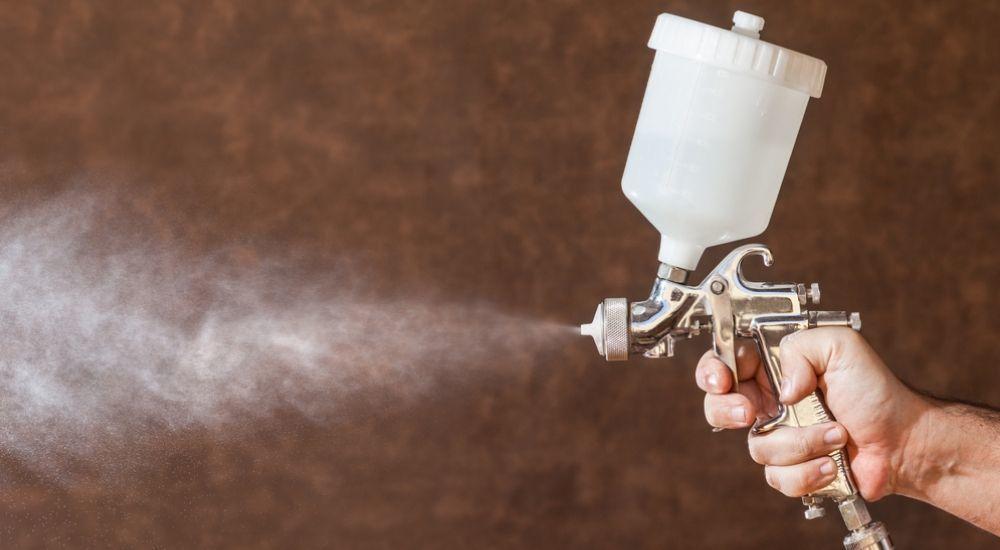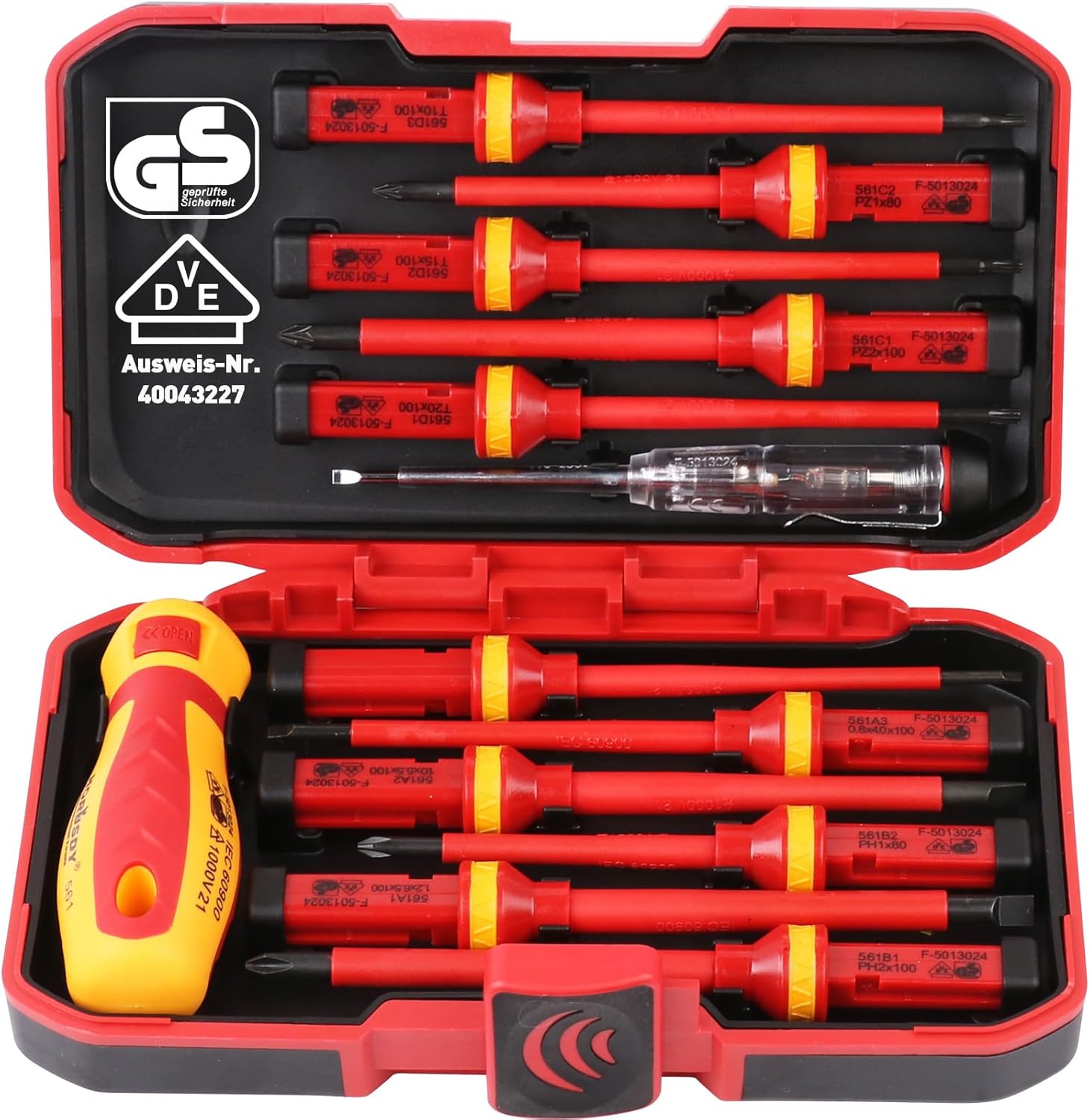For any painter, an HVLP paint sprayer is one of the most important tools. For starters, HVLP is an acronym standing for high volume low-pressure paint sprayer. The tool is designed to use minimal paint to cover large surfaces and can work well with both water-based and solvent-based materials of coating.
An HVLP paint gun is therefore efficient, effective, and worth your money and time. However, to get the most out of it, you must know how to handle hvlp paint sprayers perfectly. If you are a beginner and want to learn how to operate an HVLP paint sprayer, worry not because this article takes you through the process of how to operate an HVLP paint sprayer effectively.

Contents
1. Get the Coating Material Ready
As aforementioned, an HVLP paint sprayer works well with both water-based and solvent-based coating materials. In that case, when operating HVLP paint sprayers, it is important to mix the coating material according to the instructions provided by the manufacturer. Regardless of how experienced you are in the field of HVLP systems, reading and following the instructions that come with the package is always recommended.
2. Fill the Cup with the Coating Material
Once the coating material is mixed to the required proportions, it is time to fill it into the HVLP cup. Depending on the design of the tool, the cup is always removable for easy filling. Remove the cup, fill it with the coating material then close its lead. Fix the cup back to the sprayer and ready yourself for the next step.
3. Adjust the Compressor
The compressor is part of an HVLP paint sprayer that powers it. By powering it on, the coating material will travel to the HVLP paint gun depending on the pressure set. For starters, it is always advisable to set the air pressure at 90psi because many HVLP spray guns have their own pressure regulators. Because more and more types of HVLP paint sprayers continue to flood the market, it is advisable to adhere to the manufacturer’s instructions because they may vary from brand to brand. Additionally, your paint spraying projects will dictate the amount of pressure needed and the type of adjustments to be made.
4. Attach the HVLP Spray Gun
As its name suggests, the spray gun is responsible for directing paint to the painting surface. After adjusting the compressor, fix the HVLP spray gun and press down on the trigger. For most paint sprayers, you will notice that there is a fluctuation at the gun’s base once you hold on to the trigger. When that happens, hold tight until the fluctuations end.
5. Test the Spray Paint
For any painter, it is always wise to test both the paint and the HVLP paint gun before painting the real surface. You can do this by shooting a test spray on plywood or any other surface that is of less significance to test the paint flow. Throughout the test, observe how the paint is running, the speed of the fan, and the quality of the paint. From the test, you will know whether to re-mix the paint, adjust the pressure or continue with the project.
6. Painting Techniques
Unlike other types of paint sprayers, the HVLP paint sprayer is one of the easiest to control and use. Once you have adjusted the horizontal spray pattern properly and have ascertained that the paint is flowing perfectly, it is time to start the actual painting process. According to most of the painting experts that I have come across, it is important to keep the spray gun about 6-8 inches away from the spraying surface. This will allow the paint to spread evenly and be heavy enough to become solid without overdoing it.
Excessive paint will make it very difficult to finish and level the painting surface while under-painting will not give you the desired results.
For beginners, it is advisable to always hold the spray gun perpendicular to the spraying surface. This will ensure that only the parts you want to be painted will be painted. Additionally, when moving the HVLP spray gun, concentrate on the starting point for a few seconds before moving to the other parts. Always start from the upper side of your painting surface while moving to the bottom as it will minimize the chances of the paint overrunning the parts that are already painted.
When at the end of your painting surface, you can continue painting a few inches further for a smoother finish. It is important to note that holding the trigger and directing the spray gun are very necessary techniques and play a huge role in determining the results of your project.
Pro Tips
To be able to operate an HLVP spray gun like a pro, consider the quick tips below:
• Always gather all the materials that you will need for the project beforehand.
• Always adhere to the instructions provided by the manufacturer of the HVLP paint sprayers and the paint to be used. This will help you save a lot of time.
• Always test the whole system before beginning the painting project.
• Always clean your HVLP spray gun after use. This will minimize the clogging and you will not have to struggle a lot during your next painting project. Additionally, keeping your HVLP paint sprayers in good condition will allow them to serve you for as long as possible.
Why HVLP Paint Sprayers Are Important
An HVLP (High Volume Low Pressure) paint sprayer is a vital tool for both DIY enthusiasts and professional painters due to its precision and efficiency. Unlike traditional high-pressure sprayers, HVLP sprayers use a lower-pressure air stream to atomize the paint, resulting in a fine spray that offers greater control and less overspray. This means less paint waste, which not only saves money but also reduces the environmental impact of your painting projects.
The precision of an HVLP sprayer allows you to achieve a smooth, even finish on various surfaces, making it the ideal choice for tasks that require a high level of detail and accuracy, such as painting cabinets, furniture, and trim work.
Another reason why an HVLP paint sprayer is essential is its versatility. It can handle a wide range of paint types, from stains and lacquers to enamels and latex paints, making it a valuable tool for numerous painting applications. HVLP sprayers can also be used on different surfaces, such as wood, metal, and plastic, enabling you to tackle various projects with a single tool.
Furthermore, the low-pressure operation of an HVLP sprayer makes it safer to use compared to high-pressure systems, as it reduces the risk of paint injection injuries. This safety feature, combined with the precision, efficiency, and versatility of an HVLP paint sprayer, makes it an indispensable tool for anyone looking to achieve professional-quality results on their painting projects.
FAQ’s
What does HVLP stand for and how does it work?
Answer: HVLP stands for High Volume Low Pressure. HVLP paint sprayers work by using a low-pressure air stream to atomize the paint, resulting in a fine spray. The low pressure reduces overspray and paint waste while providing better control and precision compared to traditional high-pressure sprayers.
How do I set up an HVLP paint sprayer for use?
Answer: To set up an HVLP paint sprayer, follow these steps: a. Assemble the sprayer according to the manufacturer’s instructions. b. Connect the air hose to the air compressor and the sprayer’s air inlet. c. Fill the paint cup with properly thinned paint or primer. d. Adjust the air pressure and spray pattern settings as recommended by the manufacturer or based on your specific needs. e. Test the sprayer on a scrap piece of material to ensure proper operation and desired spray pattern.
How do I adjust the spray pattern on an HVLP paint sprayer?
Answer: Most HVLP paint sprayers have a control knob or dial that allows you to adjust the spray pattern. This control typically changes the orientation of the air cap, which affects the shape and size of the spray pattern. Consult your sprayer’s user manual for specific instructions on how to adjust the spray pattern for your particular model.
Do I need to thin paint for an HVLP paint sprayer?
Answer: Depending on the paint and the specific HVLP sprayer you’re using, you may need to thin the paint to achieve the best results. Thinning the paint allows it to flow more easily through the sprayer and helps prevent clogs. Always consult the paint manufacturer’s recommendations for thinning, and test the paint’s viscosity using a viscosity cup to ensure it’s suitable for your HVLP sprayer.
How do I clean and maintain my HVLP paint sprayer?
Answer: Proper cleaning and maintenance are essential to keep your HVLP paint sprayer functioning at its best. After each use, follow these steps: a. Empty any remaining paint from the paint cup and clean it thoroughly with the appropriate solvent (water for water-based paints or paint thinner for oil-based paints). b. Disassemble the spray gun, including the nozzle and air cap, and clean all parts using the recommended solvent. c. Lubricate any moving parts, such as the trigger and needle, with a light coating of spray gun lubricant. d. Reassemble the sprayer and store it in a dry, cool location. Regularly check for any wear or damage to the sprayer’s components and replace them as needed.
Final Verdict on How to Operate an HVLP Paint Sprayer
Learning how to operate an HVLP paint sprayer is almost a necessity for any modern painter. Fortunately, as you may have noticed in this article, the process is not as hard. All you need to do is acquire a perfect HVLP paint sprayer, tune it according to the manufacturer’s instructions, mix the paint well, test the solution and you are good to go. If you are a beginner, the more you continue to use this tool, the more comfortable you become and the better the quality of your paintings.




Leave a Reply